July 7, 2014
Green building design ‘goes mainstream’ in major US cities
It’s not just Europe that is experiencing an explosion of interest in green building design. According to a new report from CBRE and Maastricht University, the past ten years have seen a transformation in the way the US corporate real estate market approaches the environmental performance of buildings. According to the National Green Building Adoption Index for 2014, produced by CBRE there has been a remarkable increase in the application of green building standards in the thirty most important regional commercial property markets in the US. Based on data from the US Green Building Council, the number of office buildings which are LEED* or Energy Star** certified has surged since 2005. The proportion of LEED certified buildings in America now stands at 5 percent, up from under 0.5 percent over the course of the survey period. The total proportion of office space which now has some form of green accreditation is just under a fifth.




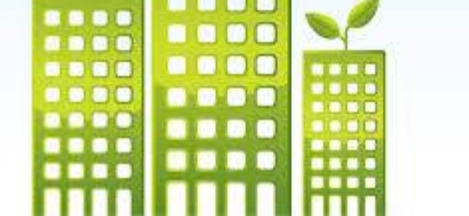



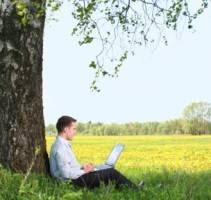

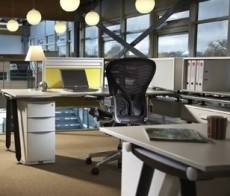
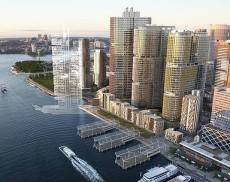



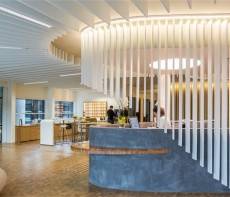










June 26, 2014
The debate about open plan offices is not helped by its use of stereotypes
by Mark Eltringham • Comment, Furniture, Workplace, Workplace design
More →